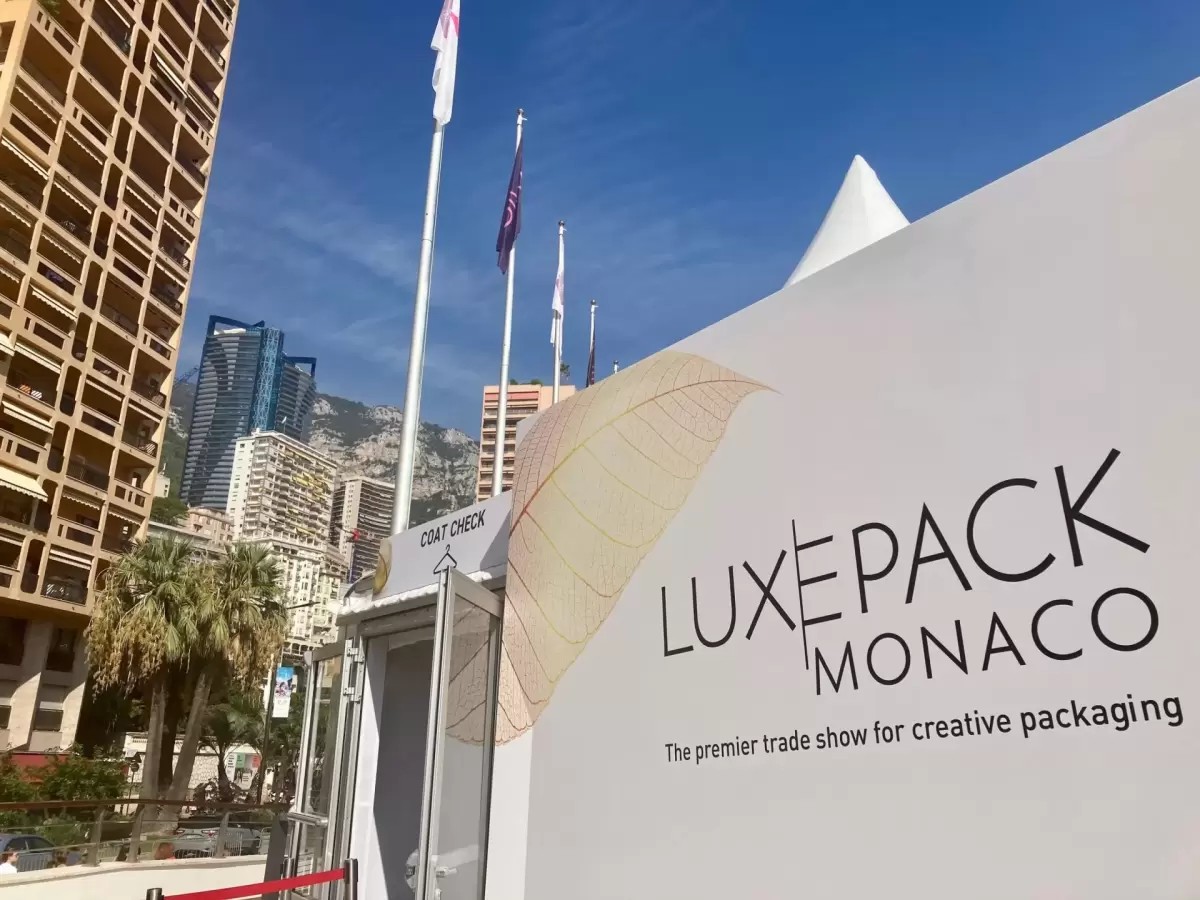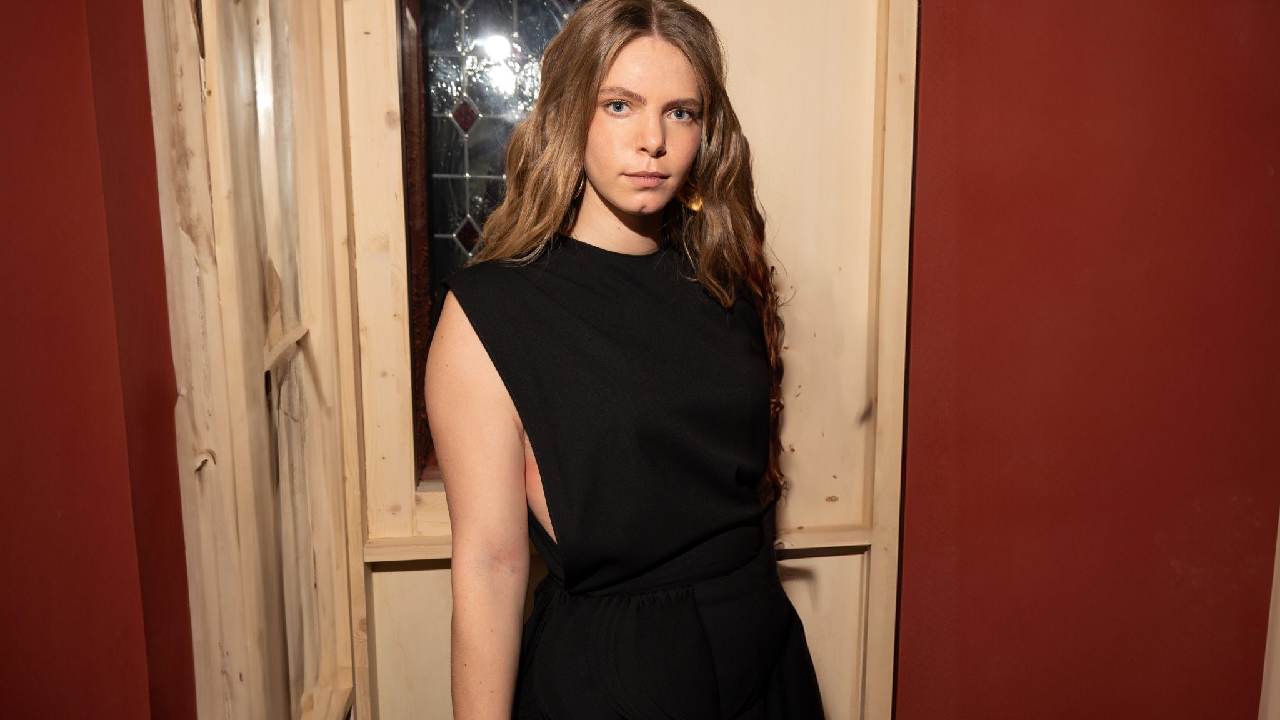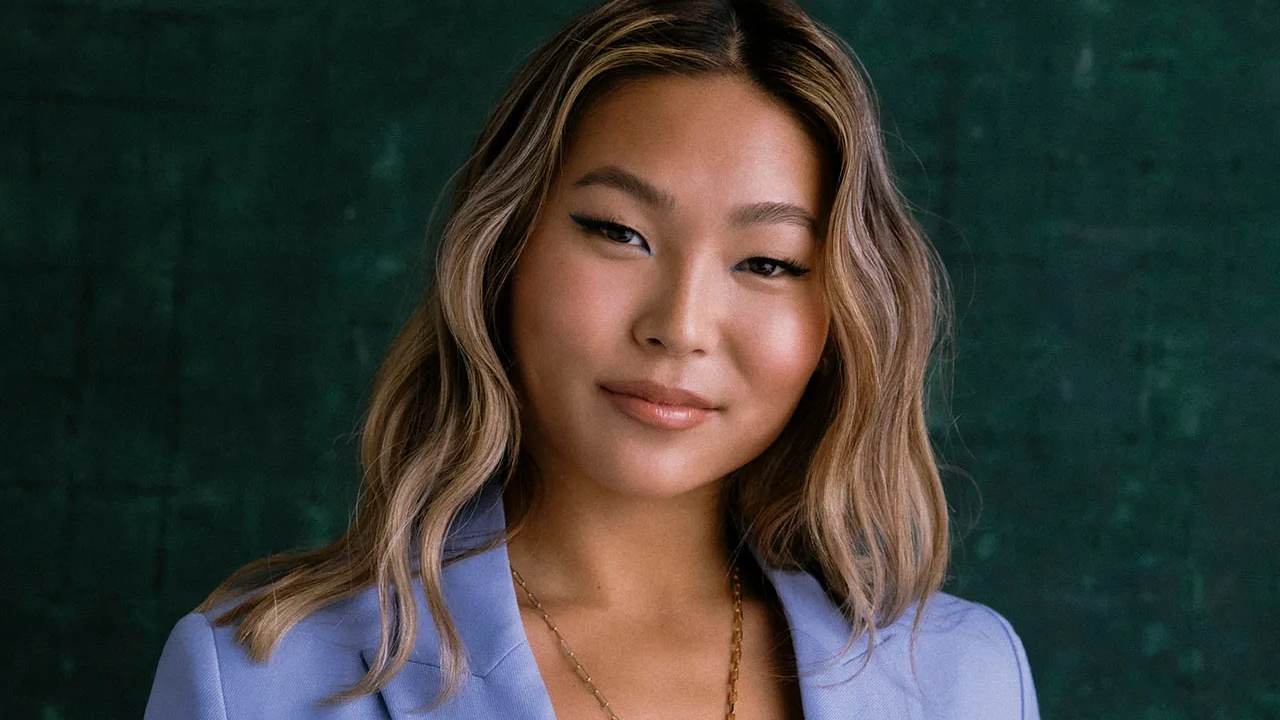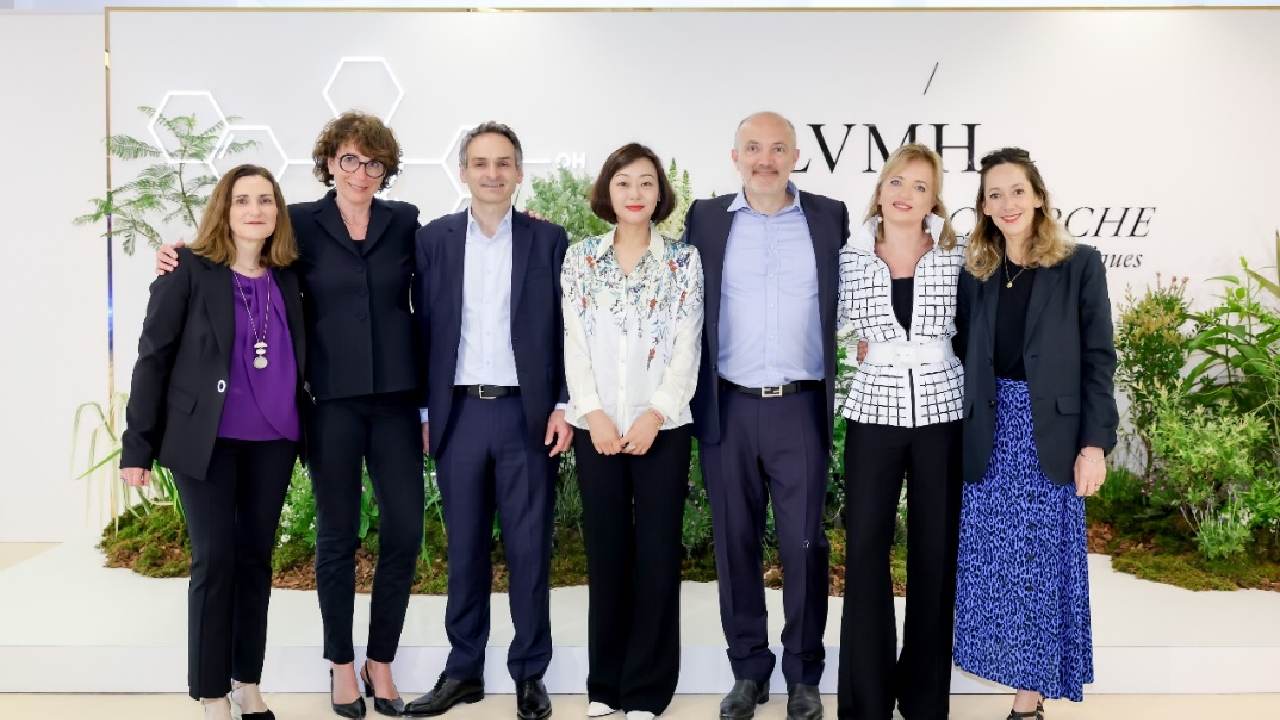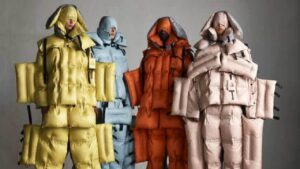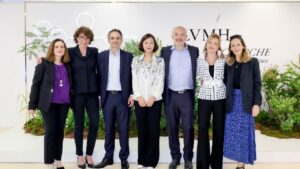U.S. Tariffs Roil European Packaging at Luxe Pack Monaco: Pain, Pivot, and Innovation
Petite Paulina – When luxury packaging suppliers gathered at Luxe Pack Monaco this year, the conversation turned sharply toward one issue: U.S. tariffs. European companies supplying glass, aluminum, and cosmetic packaging warned that new duties are squeezing margins, disrupting supply chains, and forcing a rethink of their business models.
Among them, Bormioli Luigi, a storied Italian glassmaker, and Envases, a Spanish aluminum specialist, have been especially vocal. At the heart of their concern: tariffs increasing costs for clients, inducing order slowdowns, and erecting barriers to U.S. market access.
Bormioli Luigi: Glassmaker Grinds Under Tariff Pressure
Bormioli Luigi’s situation is emblematic of the broader challenge. Many of its clients market finished products (perfume, cosmetics, spirits) in the U.S. — and the increased import taxes cascade backward through the value chain.
Cristina Scotti, events and communication specialist at Bormioli Luigi, put it plainly:
“The prices of perfume become very, very high.”
She explained that the 55% tariffs on Chinese goods also hurt Bormioli, as some of its clients procure or finish part of their product chain in China. As customers destock or slow orders, Bormioli’s sales have declined:
“The entire business chain is impacted… the result is lower business for us in this period.”
Yet the company remains cautiously optimistic. Having weathered similar challenges in 2009, Bormioli is betting on a rebound.
“We continue to invest in machinery, as well as in research for new products and eco‑friendly printing possibilities,” Scotti said.
“Read More : Viktor & Rolf Celebrate Their Artistic Legacy at Atlanta’s High Museum of Art”
Envases: Aluminum Tariffs Turn Up the Heat
Not to be left behind, Envases, based in Spain, is feeling the pinch of U.S. tariffs on aluminum imports — currently set at about 50%. For a company specializing in luxury packaging containers, that is no small hurdle.
“It is a real issue for us,” said Endika Albinarrate, managing director.
“Exporting empty bottles is still quite expensive… our volumes in the U.S. are small and of very high-end products.”
He highlighted that tariff impacts scale with weight and material content, not the perceived value added by the brand.
Still, Envases remains bullish on its U.S. prospects:
“Our customers still buy from us… we believe we will continue growing in the U.S.”
They showcased a new product at the show: Alowood, aluminum packaging with a wood-inspired finish, plus holographic stamping to differentiate in a crowded market.
Virospack: Negotiation and Market Shifts
The ripple effects extend to more niche players, such as Virospack, a Spanish dropper maker for luxury cosmetics. The U.S.’s 15% tariff on European imports has directly affected their cost base.
“We try to renegotiate with U.S. clients, reducing margins. But of course, it’s a hard moment,” said Verena Fiori, marketing director.
To mitigate the strain, Virospack is exploring local production or acquisition in the U.S. and seeking new markets in Asia, where demand for premium beauty products remains high. The company did not raise prices — yet.
At the trade show, they focused on dropper innovations. Demand is surging for precise delivery systems that pair well with modern serums and targeted skincare. Virospack demonstrated pipette tips, custom finish options, push-button configurations, and color treatments.
“You can make different tips, and the pipettes,” Fiori said.
“Caps and bottles may be decorated to a customer’s specs — colors and finishes included.”
Why Many Brands Hesitated — and Some Benefited
One packaging executive noted the biggest disruption hit about two months ago, when many brands paused placing new orders to watch how the tariff landscape would settle. Today’s tariff rates, while painful, are now baked into planning.
Many luxury brands responded by sourcing packaging components either in Europe or South Korea, thereby circumventing U.S. import duties on raw materials or final goods.
Interestingly, despite the tariffs, China remains an attractive manufacturing base. Its lower production costs often offset tariff burdens. As one executive put it, even with 55% duty, Chinese producers might still be competitive for certain goods.
Not all companies suffered, though. Bakic, a German packaging supplier with manufacturing in both Germany and China, reported benefit:
“American clients are seeking European packaging supply chains,” said Dominic Bakic, CEO.
“We have seen positive shifts for us. The U.S. market added to our new business pipeline.”
Bakic’s flexibility is a key differentiator. The company sometimes sources molds from Europe and places them with audited U.S. suppliers to avoid tariffs altogether. This agility helps in volatile trade climates.
Innovation and Sustainability Take Center Stage
Despite trade tensions, innovation remained at the heart of the show. Companies used adversity as a catalyst, not an excuse.
- HCT showcased cosmetic stick packaging optimized for sun, body, and skin care. Their Eco Tube, a single-material LDPE design, supports easy recycling and reshaping.
- Gmund, a paper maker, introduced Gmund Manteco, paper made from recycled cotton — blending aesthetics and sustainability.
- Cloud Beauty unveiled Sludge, a packaging material made from over 70% Taiwan reservoir mud — designed to help brands adopt new materials without recreating molds.
- Guangzhou Devi displayed floral-infused, eco-friendly perfume caps made from pressed roses, lavender, and local blossoms — holding scent for months.
These innovations aren’t just showpieces — they reflect how packaging firms are shifting to resilience, differentiation, and environmental responsibility in a turbulent market.
